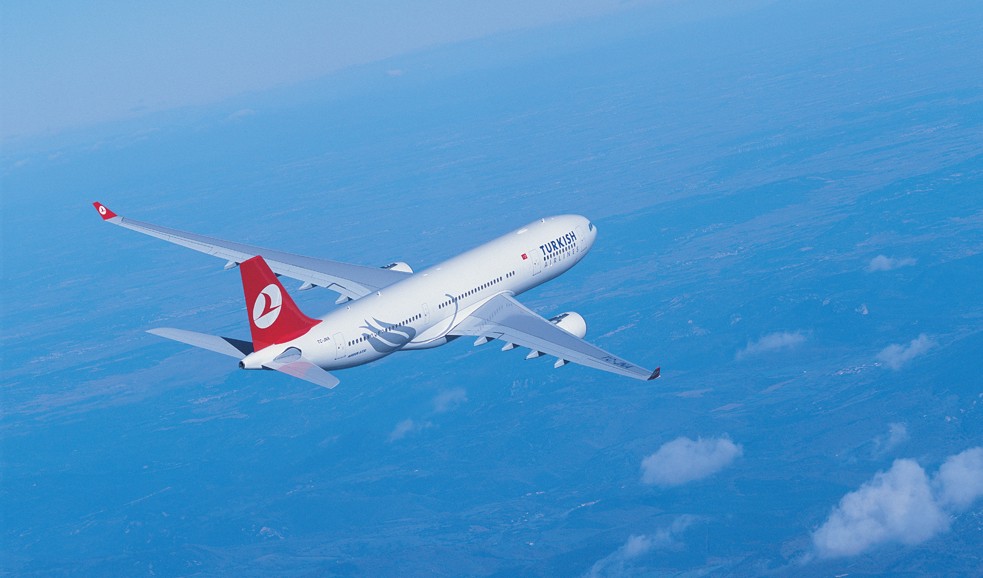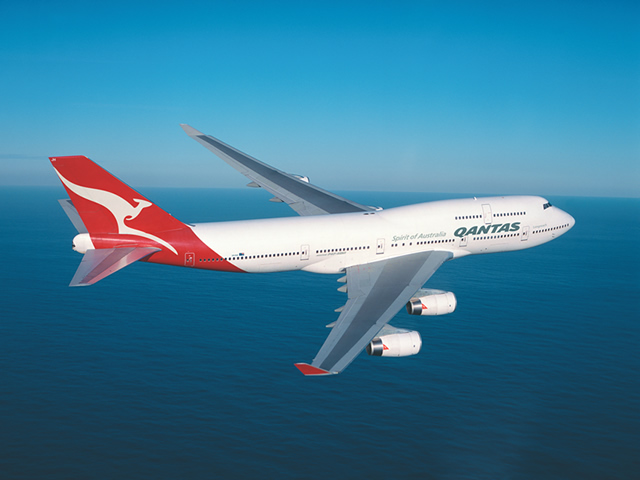Air China (CA) has announced firm dates for its Beijing (PEK) – Washington Dulles (IAD) service. The airlines application has been approved by the U.S. Department of Transportation recently. The four-times weekly service will start on June 10, 2014 with Boeing 777-300 ER. In addition to the large O&D market offered by the Washington-Baltimore area, Air China would get ample connection opportunities using the route operated by its Star Alliance partner United Airlines (UA). A mid afternoon arrival at Washington is timed to connect passengers to destinations throughout the East Coast on United’s extensive route network from Dulles. United Airlines already operates a daily IAD-PEK service.
Houston service goes daily
Staring March 30, 2014, Air China will also increase its frequency on the Beijing – Houston (IAH) route from four times a week to daily. The expansion comes within eight months of launching the service to Houston, indicating strong demand.
Covering all bases
With these new and additional flights to Beijing, Air China will serve all Star Alliance hubs in North America, except Denver, either using its own metal or through an alliance partner.
[table=10]
Together, Air China, United Airlines and Air Canada will command a 75% share in the important North America to Beijing market. With extensive route network from their hubs, the alliance can connect any two destinations between China and North America.

